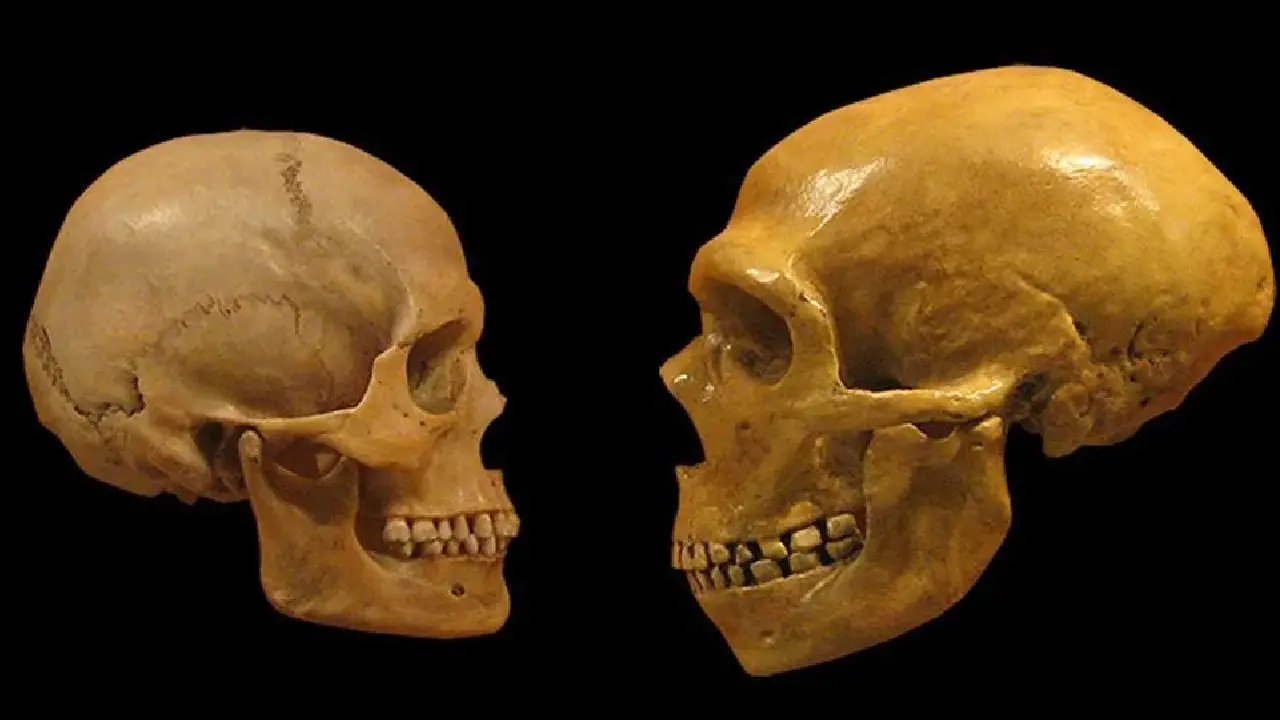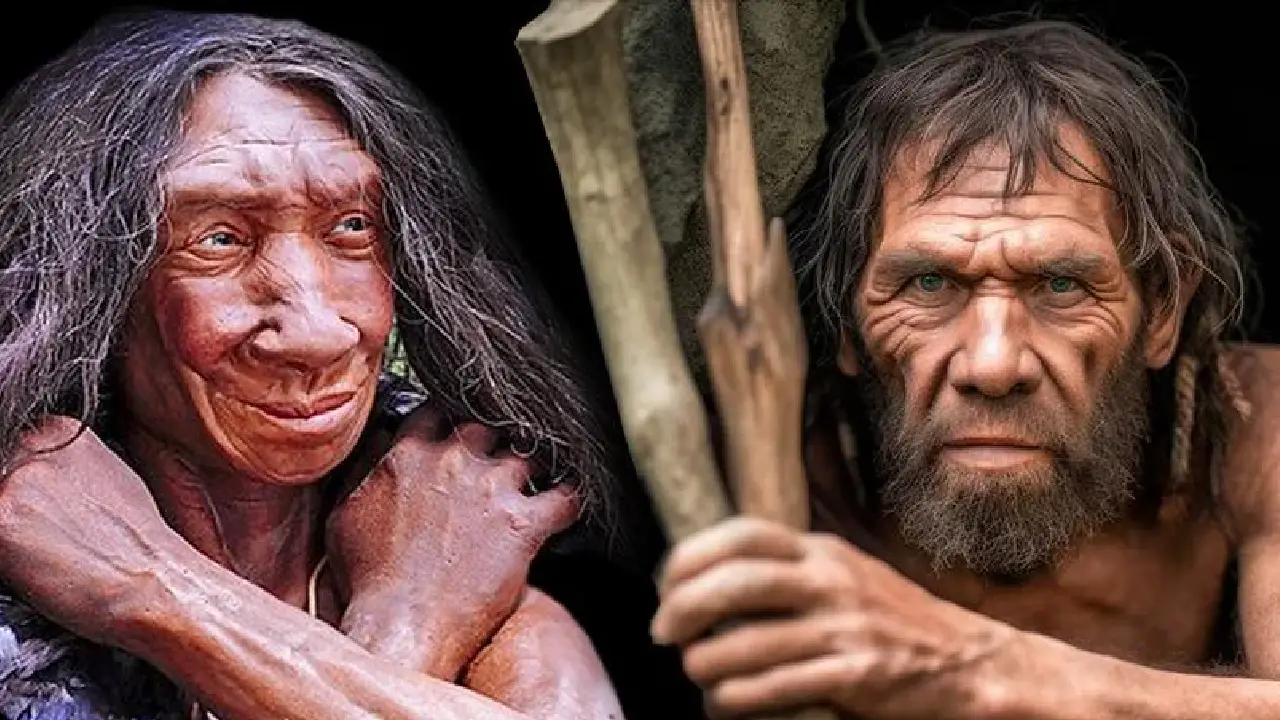A New Perspective on Human History
Recent genetic research has unveiled a fascinating chapter in the history of human evolution: a sustained period of interbreeding between modern humans and Neanderthals. This interaction, which began approximately 47,000 years ago and lasted for nearly 7,000 years, has significantly shaped the genetic makeup of contemporary human populations outside of Africa.
A Complex Relationship
Neanderthals, our closest extinct relatives, diverged from the ancestors of modern humans around 500,000 years ago. While they inhabited Eurasia, early Homo sapiens remained in Africa. When modern humans migrated out of Africa approximately 70,000 years ago, they encountered Neanderthals, particularly in regions like the Middle East and Europe.

A new study, published as a preprint on bioRxiv, has provided a comprehensive view of this interbreeding. By analyzing the genomes of 59 ancient Homo sapiens and 275 present-day individuals, researchers have determined that the primary period of gene flow occurred between 47,000 and 40,000 years ago.
The Impact of Interbreeding
The study found that during this period, Neanderthals contributed approximately 5% of the genes in the mixed population. While this percentage has since been reduced to around 1-2% due to natural selection and genetic drift, the legacy of Neanderthal genes in modern humans is significant.
Some Neanderthal genes have proven advantageous, contributing to traits such as skin pigmentation, immune response, and metabolism. For instance, lighter skin pigmentation genes may have helped early humans adapt to environments with lower sunlight, facilitating better Vitamin D synthesis.
A One-Way Street
Interestingly, the gene flow appears to have been predominantly one-directional. While modern human DNA has been found in Neanderthal genomes, it is not as prevalent. This suggests that hybrids born from such unions may have faced challenges, possibly due to health or fertility issues.
A Rich Tapestry
This research offers a detailed timeline and understanding of how Neanderthal genes have shaped modern humans. It highlights the complex and dynamic nature of human evolution, revealing that our history is not a linear progression but rather a rich tapestry woven from interactions with other hominid species.

Leave a Reply